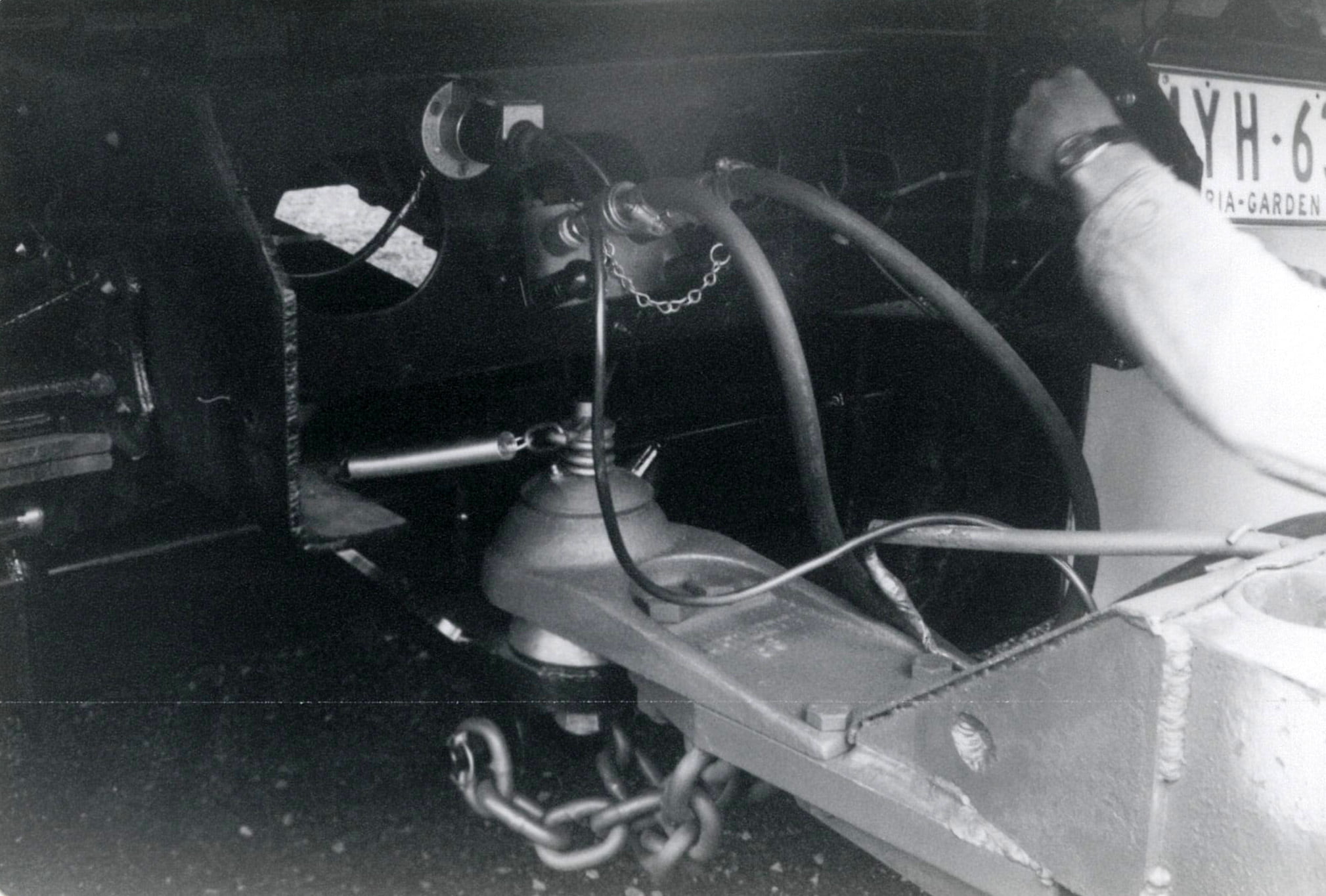What happened on a warm Thursday evening in early September as part of the Australian Road Transport Suppliers’ Association’s (ARTSA) inaugural Life Members Dinner in Melbourne may have received little attention elsewhere, but marked a milestone for Australian road transport: ARTSA awarded 13 high-profile personalities with a lifetime membership whose work has had such a fundamental impact on the industry that commercial road transport as we know it today would arguably not be the same without them.
One of them was Geoff Bartlett, second-generation head of Melbourne family business, Bartlett Transport Improvements. In what is one of the longest uninterrupted stints of business leadership in the transport equipment realm, Geoff has helped the company rise to a position where it is now almost synonymous with trailer coupling design. In fact, he helped design a heavy-duty ball coupling so sturdy it has been produced for half a century without any substantial change of the original design.
After spending the best part of his childhood in and around the family business founded by his father, Norm, in 1946, Geoff had reached expert status in the field of vacuum braking technology before he even finished Tech School. However, his star truly rose after graduating Caulfield Institute of Technology in 1960s and officially transitioning into the family business.
Early on in his career, Geoff helped Norm manufacture several hand-built ball trailer couplings to provide better towing characteristics and comfort for operators tired of using traditional pintle hook couplings. The project rapidly expanded in size and scope and led to the design of the first Bartlett Ball Coupling, which has now been on the market for in excess of 50 years.
During the 1960s and 70s, when the Australian trailer industry went through a historic slump, the Bartlett family got involved in chassis conversions and started fitting Bartlett-branded lazy and pusher axles, which only helped expand Geoff’s expertise in the field of trailer design and saw him focus on chassis weaknesses, driveline design, twin steer and lazy axle suspension performance, trailer drawbar and truck towbar design, and structural dynamics. The resulting self-designed six-point Load Sharing Suspension he developed quickly became a popular industry choice at the time, providing a light, robust and adaptable alternative to the competition.
Geoff’s work ethic displayed during that phase also laid a strong foundation for the current, third Bartlett generation to come on board. Under the leadership of his son, Allan, the company went on to develop market-leading Integrated Towing Solutions, including trailer couplings, towbar kits and high tensile safety chain systems for trucks and trailers – essentially, providing ADR-compliant solutions that take away the guesswork for equipment fitters and help them meet compliance obligations with ease.
As part of ARTSA’s Life Members ceremony in September, the Association also honoured Geoff’s membership on a number of design regulation committees for trailer couplings and ADR 62 working groups, helping advance the Australian transport industry over many decades and through more than one economic crisis.
In a what is a fascinating case of inter-generational collaboration, Geoff still considers it his duty to support the Bartlett business and the industry at large, pushing the limits of modern coupling design one innovation at a time.
Background
This article was first published as part of Trailer Magazine’s Industry Icon series, which is dedicated to honouring the unsung heroes of commercial road transport – the people and businesses that form the backbone of our industry and keep pushing the boundaries to ensure Australia will remain at the very forefront of innovation. Based on an idea by Smedley’s Engineers, the series celebrates originals like Geoff Bartlett, who has been able to remain at the very top of the game over the span of 70 years and more.

